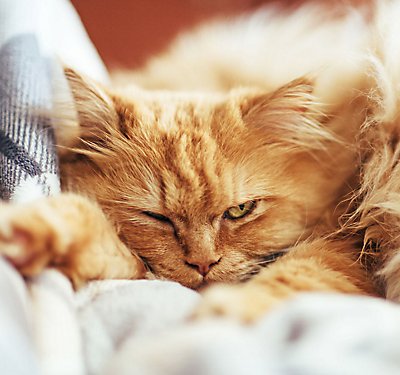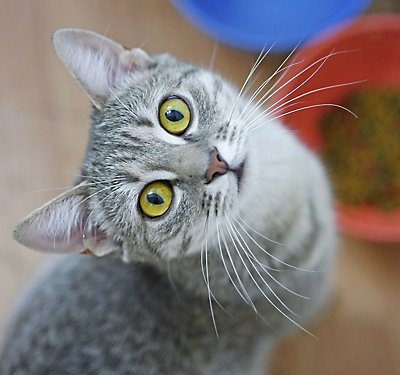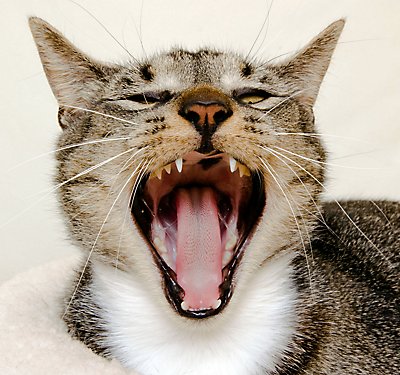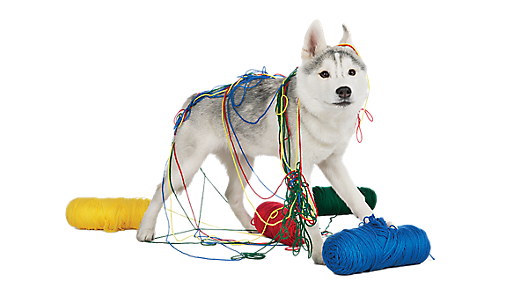
 top
top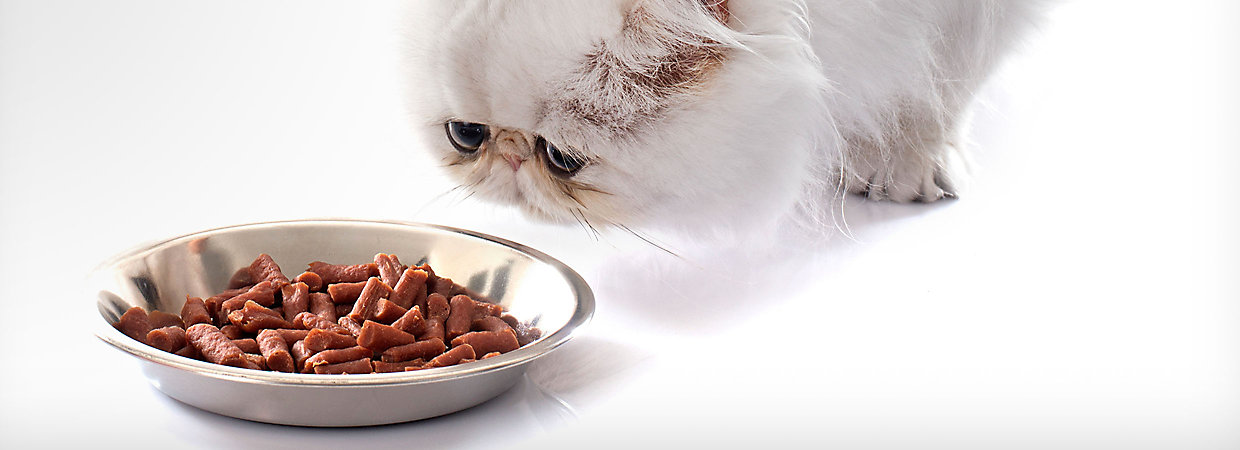
CAT / nutrition
Getting Your Finicky Cat to Eat
Your feline friend is ignoring dinner and stalking away. Here’s how to deal.
Overview
Rule out serious health problems
If your cat isn’t interested in dinner (or breakfast, or even a snack), and you can’t figure out why, it’s time for a visit to the vet. Expect your cat’s doctor to ask about weight loss, vomiting and diarrhea in order to discover whether kidney, liver or pancreas problems might be causing your pet to boycott the bowl. Also on the agenda: Ruling out dental problems that might be making it tough for your cat to chew.
Assuming Kitty gets a clean bill of health, then it’s time to consider what else might be causing the problem.
Look at your own behavior
Sometimes, cat owners inadvertently contribute to their pets’ bad eating habits. Cats who are fed from the table may start turning up their nose at their own food because people food tastes better. Feeding cats between-meal treats (even treats made for cats) might also make their meals seem less tasty by comparison.
Helping your finicky feline
Try these strategies to get your kitty to eat:
- Establish regular mealtimes for your cat, and stick to that schedule.
- Praise your pet for eating.
- After 30 minutes, take away any uneaten food. Don’t offer your cat a morsel more until the next mealtime.
- Look for cat foods with labels that say “taste” or “flavor.” Some manufacturers use scientific studies and vet advice to make their foods more appealing to picky kitties.
- If you feed your cat kibble, consider switching to wet cat food. Some cats prefer it.
- No more people food. Seriously.
Pets’ nutritional needs can change as they age or if they develop certain health conditions. Here’s how to switch your cat’s diet.























